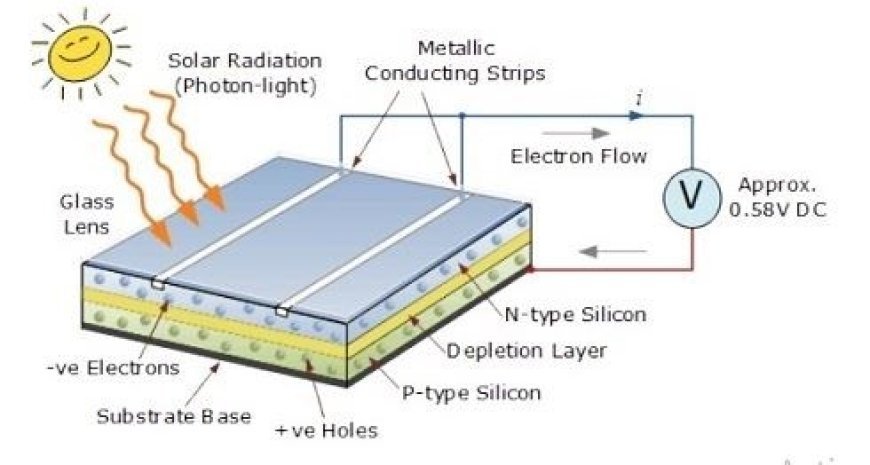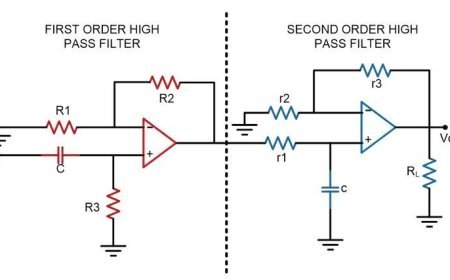PHOTODIODE
Photodiode: Light goes in, current comes out - a light detector that converts light energy into electricity.

Photodiode
- This is a type of light sensor that changes the energy from light into electricity (voltage or current).
- A photodiode is a type of device that is not fully conducting and has a PN junction.
- One more layer, called the intrinsic layer, lies between the p (positive) and n (negative) layers. In order to make electricity, the photodiode needs light energy.
- You may also hear it called a photodetector, a photosensor, or a light detector.
- The p-side of the photodiode is connected to the negative terminal of the battery (or the power source), and the n-side is connected to the positive terminal of the battery. This is called reverse bias.
- Silicon, Germanium, Indium Gallium Arsenide Phosphide, and Indium Gallium Arsenide are common materials used to make photodiodes.
- A photodiode has optical filters, a lens, and a surface area on the inside.
- The reaction time goes down as the surface area of the photodiode grows. There aren't many photodiodes that look like LEDs. As you can see below, it has two ends.
- The shorter end is the cathode and the longer end is the anode.
- In science, the following symbol can be used to show a photodiode:
- An LED and a photodiode both have the same sign, but the arrows on the photodiode point inward, which means it collects light energy while the LED gives off light energy.
Working of Photodiode
- When light with more energy than the semiconductor's band gap hits the photodiode, electron-hole pairs are created near the depletion region of the p-n junction diode.
- The electric field of the depletion area keeps these electrons and holes apart, so they don't join back together.
- Atoms move toward the semiconductor's n side, while holes move toward its p side. An emf is seen because of this movement.
- If you connect an external load to a photodiode, you can see the current moving through the load.
Different Uses of Photodiode
- Photodiodes are used for many easy tasks in everyday life.
- The reason they are used is that photodiodes respond linearly to light. A lot of current flows through the sensor when a lot of light hits it.
- A galvanometer that is attached to the circuit will show the rise in power.
- With the help of optocouplers, photodiodes help to separate the electric current. Optocouplers connect two separate circuits optically when light shines on them alone.
- Electrically, though, the connections will be cut off. When compared to other devices, optocouplers work quickly.
- Safety gadgets, such as smoke and fire alarms, also use photodiodes. It's also used on TV stands.
- They work as picture sensors when used in cameras. As well as photomultiplier tubes and scintillators, it is used in charge-coupled devices and batteries.
- Photodiodes are also used in a lot of medical situations, such as in devices that study data, detectors for computed tomography, and blood gas monitors.
What's Your Reaction?



































